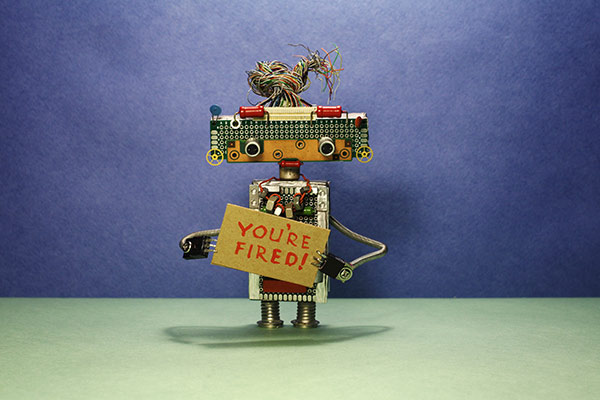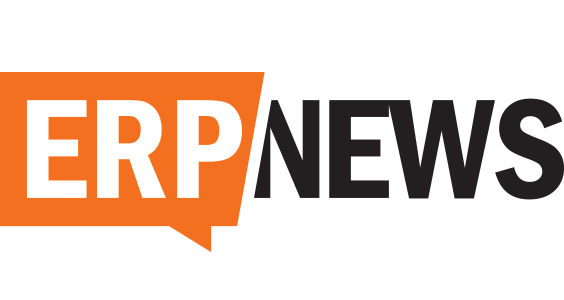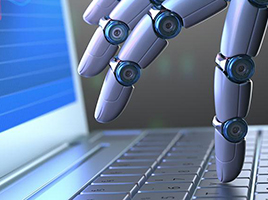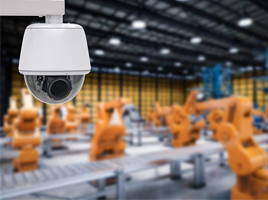
IIoT began to change human-centered roles. However, organizations attach more importance to IIoT strategies.

While the Industrial Internet of Things (IIoT) will see automation disrupt the nature of traditionally human-centred roles, people will still be a fundamentally important element in the success of your IIoT strategy.
Staffing requirements will become increasingly talent-driven, which calls for manufacturers to develop comprehensive employee value propositions which have a focus on continual training and development. It is likely, therefore, that the leading manufacturers of tomorrow, will have fewer employees, but a more specialised, connected and productive workforce.
In an IIoT era, technicians will be able to receive task allocations to their smart device about an impending machine breakdown. Corrective measures, real-time analytics and diagnostics can be visible through smart glasses allowing the technician to repair the asset efficiently. Should a technician face a particularly challenging task, they can connect with an off-site senior engineer who has visibility into what the technician is working on and can assist them to solve the problem. As the senior engineer outlines the necessary sequence of steps, the technician can use an LED laser pointer to clarify specific instructions, removing subjectivity and improving safety.
Scheduling field staff in service management roles can be automated to have the right technician at the right location, at the right time. When a technician completes a task, they can quickly and easily record new information about the site and the asset which serves to update knowledgebase materials and aid continuous improvement.
In emergencies, personalised directions to evacuation meeting points can be provided to workers, while real-time insights into risk factors of staff in different site areas can be provided to emergency service personnel.
The role of a connected worker will be increasingly focused on adding value, rather than the completion of repetitive tasks. It is likely that these workers will be enabled to exercise greater levels of discretion and judgement which can positively affect their job satisfaction and result in greater retention.
An empowered, knowledgeable, connected and loyal workforce is a valuable asset. When human resources optimise the processes which are driven by intelligent machines, the connected factory as a whole learns, adapts and improves. As a result, further advanced analytics are generated, which, in turn, creates new opportunities for refinement and optimisation by both the connected worker and the intelligent machine.
As a manufacturer adopting IIoT, managing the personnel and training requirements will be a key challenge. Terri Hiskey, vice president for Product Marketing, Manufacturing Portfolio at Epicor Software provides valuable insights into how to prepare for this challenge and a range of others, in this Q&A.
ERP Pricing: Get 2019 pricing on 45 different ERP systems. Click to download your free guide.






















